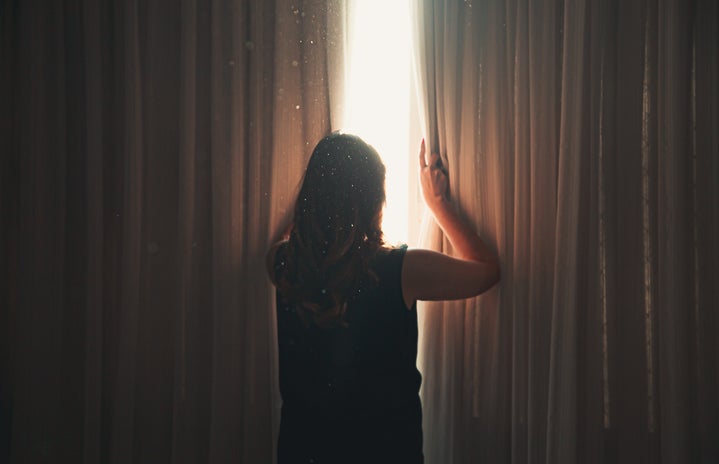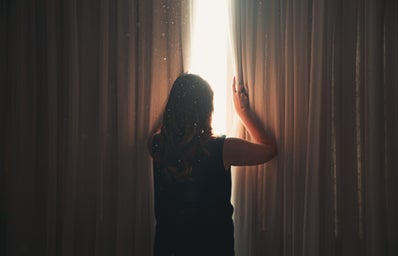Daylight savings time is not as old as one may assume, as it seems like something we have been doing forever. When, in reality, it is only just over a hundred years old. Unofficially started by a few hundred Canadian residents in 1908, daylight savings time was officially established in 1916 by Germany and Austria. In Canada, the thought was to better equip daylight for farmers, but in Germany and Austria, it was to conserve energy for the war effort. Daylight savings time was not uniformly adopted in the United States until the mid 1960s, and even then was toyed with now and then. There are many pros and cons to switching from daylight savings time to standard time, permanent standard time, and permanent daylight savings time. Nonetheless, the most significant argument, particularly when it comes to the pros, permanent daylight savings time comes out on top.
There are very few people who dislike daylight, and we need vitamin D from the sun to keep us happy and healthy. Therefore, many do not put up a fight when they are given extra daylight hours when they are off of work. In fact, daylight savings time is a large money maker for the American economy. It drives up Halloween candy costs for one, as well as allows for more lit leisure time after work hours. Many theorize that this causes more people to shop and spend money on their way home because it does not feel as late in the day. Additionally, several years ago, a few higher ups in the golf industry claimed that daylight savings time added an additional $200 million to potential sales of green passes and golf clubs. These are only a few of the examples. The impact of daylight savings time on the economy is so vast that the United States Chamber of Commerce is one of the largest lobbying groups in favor of it. This is a strong contender for permanent daylight savings time. Since it is so important for the economy, there does not seem to be a point in not having the economic stimulation.
Furthermore, there have been a few studies that demonstrate the fact that depression rates can increase in the wake of fall back, due to the lower exposure of sunlight. In both changes in times, male suicide rates increase. If we had a steady, standard, singular time that we used instead of switching it back and forth twice a year, both of these negative effects would cease to exist. There is much more that could be said about a permanent daylight savings time but these two key points are a part of the more important aspects. There are nineteen states that have legislation for a permanent daylight savings which indicates a growing support. Overall, it would benefit the U.S population.
Sources:
Buckle, Anne. “The History of Daylight Saving Time.” Timeanddate.com. Accessed November 13, 2021. https://www.timeanddate.com/time/dst/history.html.
Buckle, Anne. “Negative Health Effects of DST.” Timeanddate.com. Accessed November 13, 2021. https://www.timeanddate.com/time/dst/daylight-saving-health.html
Chappell, Bill. “Daylight saving time ends Sunday. Here are 4 things you should know.” NPR. Accessed November 13, 2021. https://www.npr.org/2021/11/01/1050492391/daylight-saving-time-history-what-you-need-to-know

